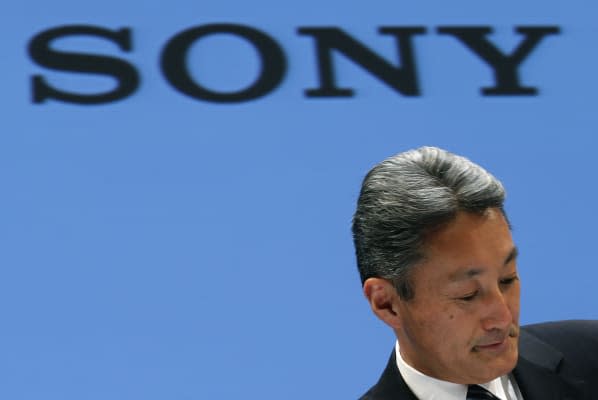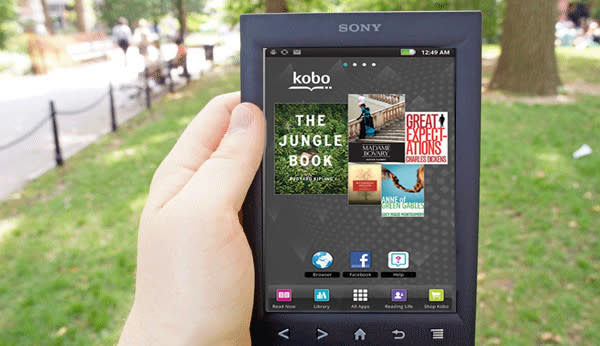Switched On: The leader, the bleeder and the reader

Each week Ross Rubin contributes Switched On, a column about consumer technology.
Sony recently bid farewell to three device categories. The long-struggling Japanese consumer electronics giant is selling off its PC division, spinning out its TV group into a separate company and getting out of the e-book business by handing it over to Kobo. While each has a unique history, they all demonstrate the difficulties Sony has had in dominating any one category.
Sony's introduction of the Trinitron in the 1960s accelerated its ascent to the top of the consumer electronics food chain in the following decades. By the 1980s, virtually any TV buyer knew that nothing compared to Sony and the company's big-screen offerings were bolstered by the arrival of CRT screens that lacked the convex curve of the time. (Back then, curved screens were passé, not leading edge.)
But that all changed with the arrival of the flat-panel. While Sony sets were still regarded as among the best, they were more seriously challenged by old rivals such as Panasonic with plasma, new rivals like Samsung chasing the design and picture quality and Costco kings such as Vizio building a brand at much lower price points. The company tried to play up its HD heritage in noting that so much HD content was captured on Sony professional gear, but consumers could not keep up with Samsung's advertising and sponsorship blitz. And Sony's attempt to capitalize on a "3D World" certainly didn't help when that world ended not with a bang, but with a whimper.
Unlike with TVs, Sony was a latecomer to the PC market that never found footing for its expensive footwear in the US. Along with a clever logo for VAIO that embraced both the analog wave (the "VA") and digital data (the "IO"), Sony products featured imaginative industrial design and form factors. They not only included astonishingly thin and lightweight laptops and the elongated VAIO P, but also entrants in doomed categories like the cake-like, round home theater PC and the VAIO UX hand-held PC. While the recent allegation that Steve Jobs offered Sony an exclusive opportunity to use Mac OS on its computers was surprising, the surprise was that Apple would have licensed at all, not that the one company chosen would be Sony.
Compared with the TV and PC markets, the e-reader market is a small one. Its decimation at the hands of tablets has been far more drastic than the declines we've seen in TVs and PCs. That said, Sony was a pioneer with its original Japanese Librie product and the plainly named Reader in the US. While pricey, it was a hit at launch, selling out in Sony stores in its debut holiday season. Sony followed up with several more models, adding touchscreens and other enhancements. However, it missed the integrated cellular connectivity that Amazon added. That, plus the retailer's built-in audience of book enthusiasts, quickly escalated the Kindle to the top of the e-reader category.
As Sony hands off its digital bookstore to Kobo, the company might have been more successful had it partnered with Barnes & Noble in the early days, heading off the Nook and allowing both companies to get an early jump on the Kindle. But for now, the tale of the reader is just a shorter version of what Sony saw with the Walkman without the latter product's long stretch of success.
Ross Rubin is principal analyst at Reticle Research, a technology, media and telecom advisory firm, and founder of Backerjack, which covers crowdfunded product innovation. He blogs at Techspressive.


